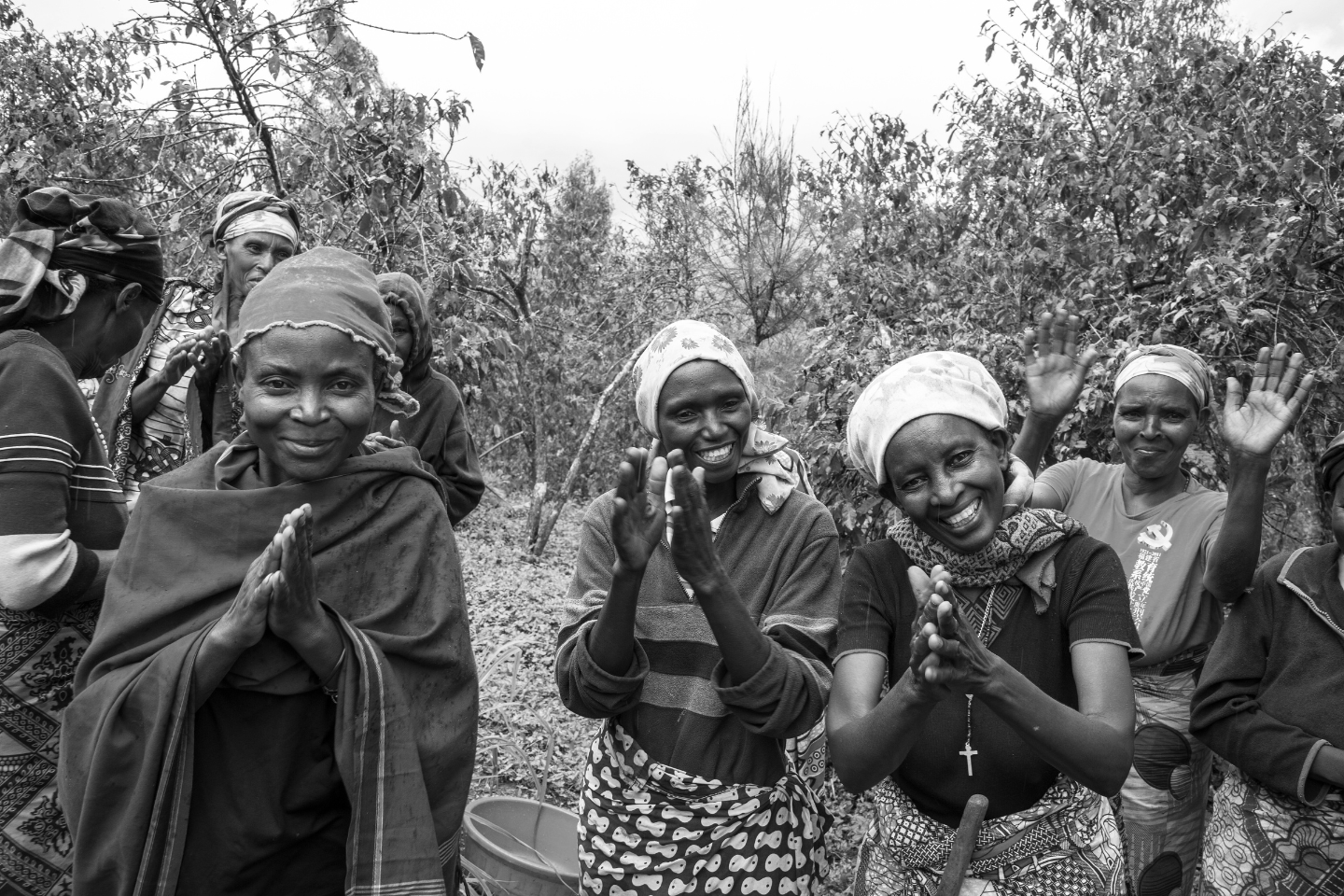Cultural heritage as a catalyst for peace: Empowering communities in peacebuilding efforts
While the international media often spotlights the cycles of war and violence plaguing Africa, the quieter, effective grassroots efforts aimed at overcoming trauma, restoring justice, and reconciling conflicting groups receive less attention, writes Paulin Regnard*
In various corners of the continent, traditional customs open paths diverging from conventional legal system formalities, sometimes in dramatic fashion. For instance, informal transitional justice mechanisms, like Rwanda’s gacaca courts and South Africa’s Truth and Reconciliation Commission, have effectively provided accessible and inclusive solutions. Rooted in traditions of reconciliation and communal healing, these practices bridge the justice gap, returning ownership and authenticity to the healing process. Despite their limits, these methods show that cultural heritage is more than a relic of the past — it’s a bridge to the future, even in the most difficult settings.
In conflict-impacted countries, cultural heritage sustains continuity and identity. Initiatives that raise awareness, document cultural assets, and train heritage advocates are essential in empowering social groups, especially youths, to bridge ethno-political divides. My experience in UN peacekeeping, especially in South Sudan and he DRC, has taught me the effectiveness of community engagement, with locals keen to share their insights and solutions. I’ve also learnt that mobilizing communities, government institutions, and civil society to protect cultural sites and intangible heritage is no easy task. In fact, in areas impacted by armed violence, these issues often rank at the bottom of priorities whereas security and livelihoods are primary concerns.
Efforts to document local ecological knowledge have aimed to bolster indigenous and local community management of natural resources including within protected areas. However, these attempts are sporadic and limited to very specific geographical contexts. As a rule, the value of cultural heritage is largely overlooked or underappreciated in humanitarian, peace, and development initiatives. It’s crucial for peacemaker, aid workers and their counterparts to acknowledge why heritage plays such a vital role in people’s identities and perceptions. Incorporating heritage into strategies for enhancing democratic governance, resolving conflicts, and stimulating economic growth can provide a good starting point, highlighting its importance to building peaceful and prosperous societies. Let’s explore these aspects further.
Firstly, restoring effective state authority is a top priority in fragile countries. Local and subnational governments (along with customary authorities) play a key role in delivering essential services amidst challenges like understaffing and inadequate infrastructure. Highlighting cultural assets into local development policies should help recognize their relevance to a region’s identity and potential. Collaboration between public institutions, civil society and implementers is essential to ensure projects are inclusive, sustainable, and support wider development objectives. Unfortunately, a post-crisis context is hardly favorable. Management capacities are often limited, skills gaps remain to be filled, and politicians do not always grasp the socio-economic benefits of heritage.
Furthermore, resolving communal disputes, particularly those rooted in identity and resource competition, is necessary for mending divisions and preventing further conflicts. As it embodies a shared history and traditions. cultural heritage can offer a neutral ground for discussion and cooperation, provided it isn’t exploited by conflicting parties. Also, heritage conservation activities can contribute to peace by involving all sectors of local society, government agencies and civil society organizations. Trained facilitators can help further demonstrate the value of heritage as a connector.
Igniting local development and job creation is essential for economic revival. Cultural heritage, through avenues like cultural tourism, site management, and traditional crafts, offers significant potential for growth. However, securing adequate resources remains a substantial challenge in fragile contexts. With proper support, these areas can significantly boost economic recovery and community revitalization, underscoring cultural heritage’s role as a driver of development and job opportunities.
Intangible cultural heritage (ICH) can help restore and strengthen social cohesion and civic trust in places like South Sudan and the DRC, just to cite two places I am familiar with. These two young nations, characterized by decades of civil wars, non-state armed group activities, and inter-community conflicts, share the multicultural and multilingual traits common to many sub-Saharan African countries. In such contexts, ICH can bring communities together, showcasing its importance in the broader peacebuilding context.
A typical example is how traditional conflict resolution, an integral part of ICH, supports grassroots peacemaking. Engaging traditional chiefs, who embody their clans’ customs and wield authority to uphold peace agreements, has often proved effective. Unfortunately, good traditional practices are not recorded and fade in collective memories. in many areas of the DRC and South Sudan, decades of turmoil and institutional changes have weakened chiefs’ influence. Additionally, modern societal shifts lead to the neglect of traditional practices by younger generations. Moreover, it’s important to recognize that while cultural traditions merit respect, not all traditional methods and mechanisms are conducive to values of inclusiveness and gender equality.
Another ICH component, music and dance, central to social life in Africa, serve as outlets for communities. The Amani Festival in Goma, DRC, exemplifies this, achieving remarkable success. Since its launching by a community-based organization in 2014, the three-day event has been dedicated to fostering peace and reconciliation in the Great Lakes region, attracting national and international artists, along with thousands of spectators from the DRC and beyond. Offering more than just music, the festival includes workshops, debates, sports, and exhibitions. The next edition is scheduled for June 2024.
As a nation navigates the path towards peace and recovery, we must not overlook the plight of refugees and internally displaced people, who are particularly vulnerable to the loss of their cultural heritage in times of crisis. Their vulnerability underscores the importance of incorporating cultural heritage not only into peacebuilding strategies per se, but also in humanitarian aid. By doing so, we recognize heritage as a critical component alongside other cross-cutting themes like gender equality and human rights, thereby ensuring a more holistic approach to rebuilding and healing communities.
* Paulin Regnard is an experienced Peacebuilding & Democratic Governance Expert and former UN Field Manager

